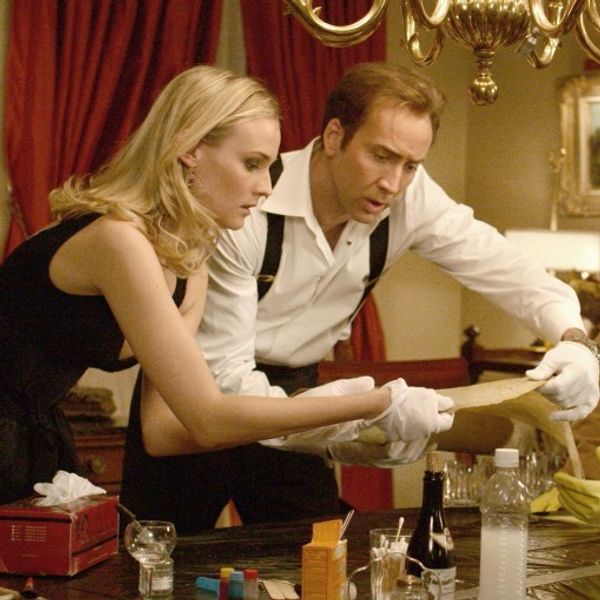Get Your First Act Written! This Animated Video with Pixar's Michael Arndt Shows You How

most difficult first act. So, if you're currently struggling to get your screenplay off the ground, you're gonna want to check this out!
It doesn't matter if you're writing a psychological horror, live-action comedy, or emotionally charged drama, knowing and understanding basic story structure will help you become a better screenwriter (even if that just means knowing which rules you're breaking). Not all stories need to be told in the same way, and granted, Pixar stories are very formulaic in their structure -- writing them has come down to a science -- but if you're having trouble setting your script into motion, there is absolutely plenty to learn from Arndt.
I've read my fair share of texts on screenwriting, read countless scripts, and maybe I'm just a simple-minded person when it comes to screenwriting, but this is one of the single greatest explanations on how to construct the first act of a story that I've ever come across (or maybe I'm just a visual learner?). In the video below, Arndt takes us through the basic story elements that will take your characters through the first act, like establishing your main character's environment, their grand passion, and their hidden flaw. The animations and movie clips help to show you visually what a character's flaw actually looks like on-screen, or what would happen if they made the "right" decision at the crossroads.
To be clear -- there is no one right way to write a screenplay. Absolutely not. Even though Arndt's says that your character should reach the crossroads that will take them on their journey by page 25, that doesn't mean that you have to follow that model. In fact, Taxi Driver doesn't reach that point until around page 45. However, these tips will really help if you're a beginning screenwriter, stuck on your first act, or if you really just want to write a story with a Pixar structure. It should be said that these structures are so prevalent because -- they just work. They're great at establishing the narrative and "emotional fuel" needed to carry your story through to the end.
Personally, none of the screenplays I've written even come close to a Pixar story, and I'm honestly more attracted to telling stories that challenge classical story structure (I'm rebellious, maybe -- or a stubborn contrarian). But, one of the best screenwriting tips I've ever received is to not be precious about what you write, because you can always go back and change it, and maybe by following this formula, you will get the help you need to at least get your ideas out of your head. The hardest part is to get something on paper, after all.
What do you think about the video? Did it help? What other resources would you recommend to struggling screenwriters to get through their first act? Let us know in the comments below.
Link: Michael Arndt on setting a story in motion -- John August











